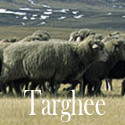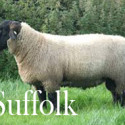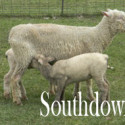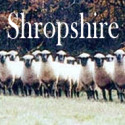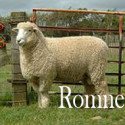Targhee is a dual-purpose sheep with good meat type and a heavy fleece of high quality wool. They are hardy, and are especially suited to the ranges of the West where they were developed. Targhee ewes have good mothering and milking ability. Mature Targhee ewes raise a high percentage of twins under range conditions. Targhee… Continue Reading
